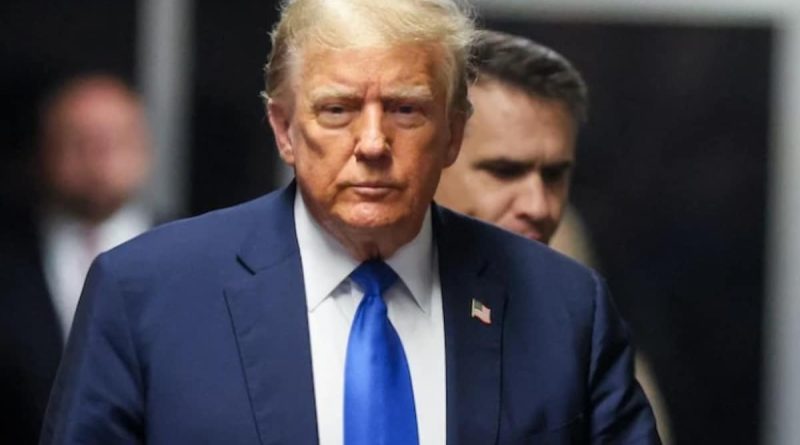Donald Trump initially doubles metals tariffs on Canada before retracting decision
President Trump Reverses Course on Tariffs
In a surprising turn of events, President Donald Trump reversed his decision to double tariffs on steel and aluminum from Canada to 50%. This move came just hours after announcing the higher tariffs and caused rapid fluctuations in financial markets. The sudden change in direction came after a Canadian official also retracted plans for a 25% surcharge on electricity.
The Back-and-Forth with Canada
The initial announcement of the 50% tariff threat by Trump was met with a response from Ontario Premier Doug Ford, who declared a 25% surcharge on electricity supplied to over 1 million U.S. homes from Canada. However, faced with Trump’s tariff threat, Ford agreed to suspend the surcharge and engage in discussions with U.S. Commerce Secretary Howard Lutnick.
The White House then clarified that only the previously planned 25% tariffs on steel and aluminum products from Canada and other countries would take effect, with no exceptions or exemptions. This decision was hailed by the White House as a win for the American people, leveraging the strength of the U.S. economy.
Market Reactions and Trade War Escalation
The back-and-forth between the U.S. and Canada caused turmoil in financial markets, which were already on edge due to Trump’s focus on tariffs. Stock prices initially plummeted but rebounded after Ford’s announcement of suspending the surcharge and Ukraine agreeing to a ceasefire.
The S&P 500 index experienced significant fluctuations, dropping to levels that signaled a market correction. Trump’s statements on social media and threats of increasing tariffs on various products added to the uncertainty.
Trade War Consequences
The escalation of the trade war between the U.S. and Canada raised concerns about its impact on the economy. Businesses warned of potential repercussions, and investors braced for further tariffs and retaliatory measures. The uncertainty surrounding trade policies heightened fears of inflation and economic instability.
Trump’s push for tariffs on imports from Canada and other countries aimed to protect domestic industries but had unintended consequences. The move disrupted trade relations, leading to retaliatory measures and market volatility.
Despite Trump’s efforts to bolster the U.S. economy through tariffs, the uncertainty created by his trade policies had adverse effects on consumer and investor confidence. The ongoing trade war threatened to derail the economic progress achieved in recent years.
In conclusion, President Trump’s reversal on tariffs with Canada highlighted the complexities and challenges of trade negotiations. The back-and-forth actions underscored the need for stable and predictable trade policies to support economic growth and international relations.

